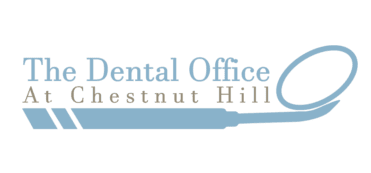Many people opt for tooth-straightening treatments, in order to improve the appearance of their smiles. Straight, even teeth can be very attractive and appealing. If you consult a reputable orthodontist in Newton , he or she will be able to offer you a range of orthodontic treatments, to correct crooked, overcrowded, or misaligned teeth. However, in addition to cosmetic advantages, straighter teeth are also associated with a number of different health benefits. Having your teeth straightened could improve both your mental and physical well-being in several different ways. 
Lower Risk of Tooth Decay and Gum Disease
Crooked or overcrowded teeth are more difficult to clean efficiently. Food particles can get trapped in the cracks and crevices between teeth. It may be difficult to reach all the tooth surfaces with a toothbrush or floss. This can result in a build-up of bacterial plaque and tartar, which can lead to tooth decay and gum disease. Caries and gum disease can eventually cause tooth loss, and untreated gum disease can be a factor in heart disease and diabetes.
Fewer Headaches
Misaligned teeth can place excess pressure on the patient’s jawbone. This may lead to recurrent headaches and temporomandibular joint (TMJ) pain.
Better Digestion
It can be more difficult to chew effectively if your teeth are crooked or misaligned. It is important to chew food thoroughly before swallowing, to aid digestion. The digestive process begins in the mouth, when food is broken down into small particles and exposed to enzymes in saliva, which help break down the food.
Greater Self-Confidence
Having straighter teeth can boost your self-confidence in a number of ways. Crooked teeth can cause potentially embarrassing speech impediments. You may also feel self-conscious about your smile. Smiling less may make others perceive you as less friendly, approachable, or professional. If you have an attractive and confident smile and a clear voice, this may boost your self-esteem and increase your chances of success in both professional and social contexts.







